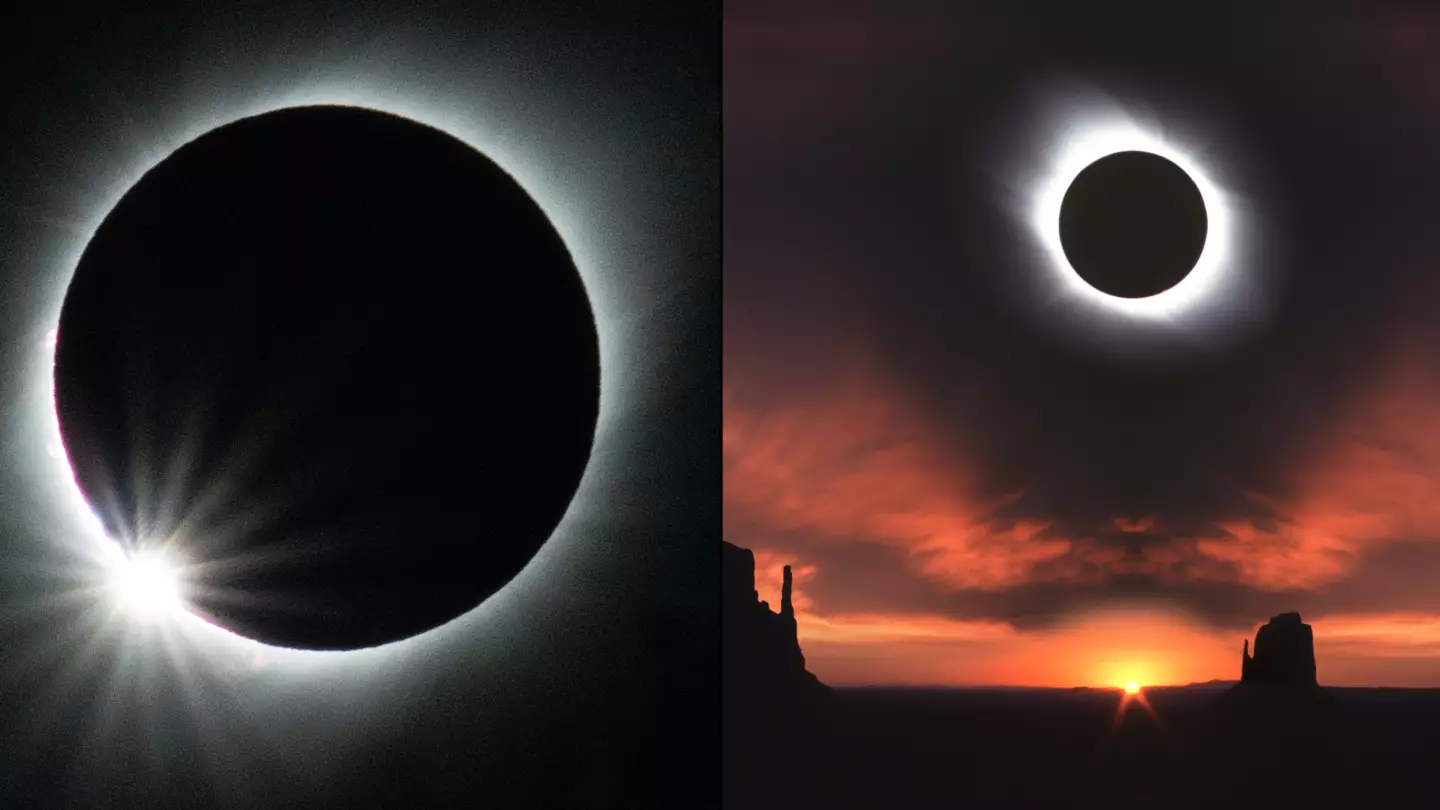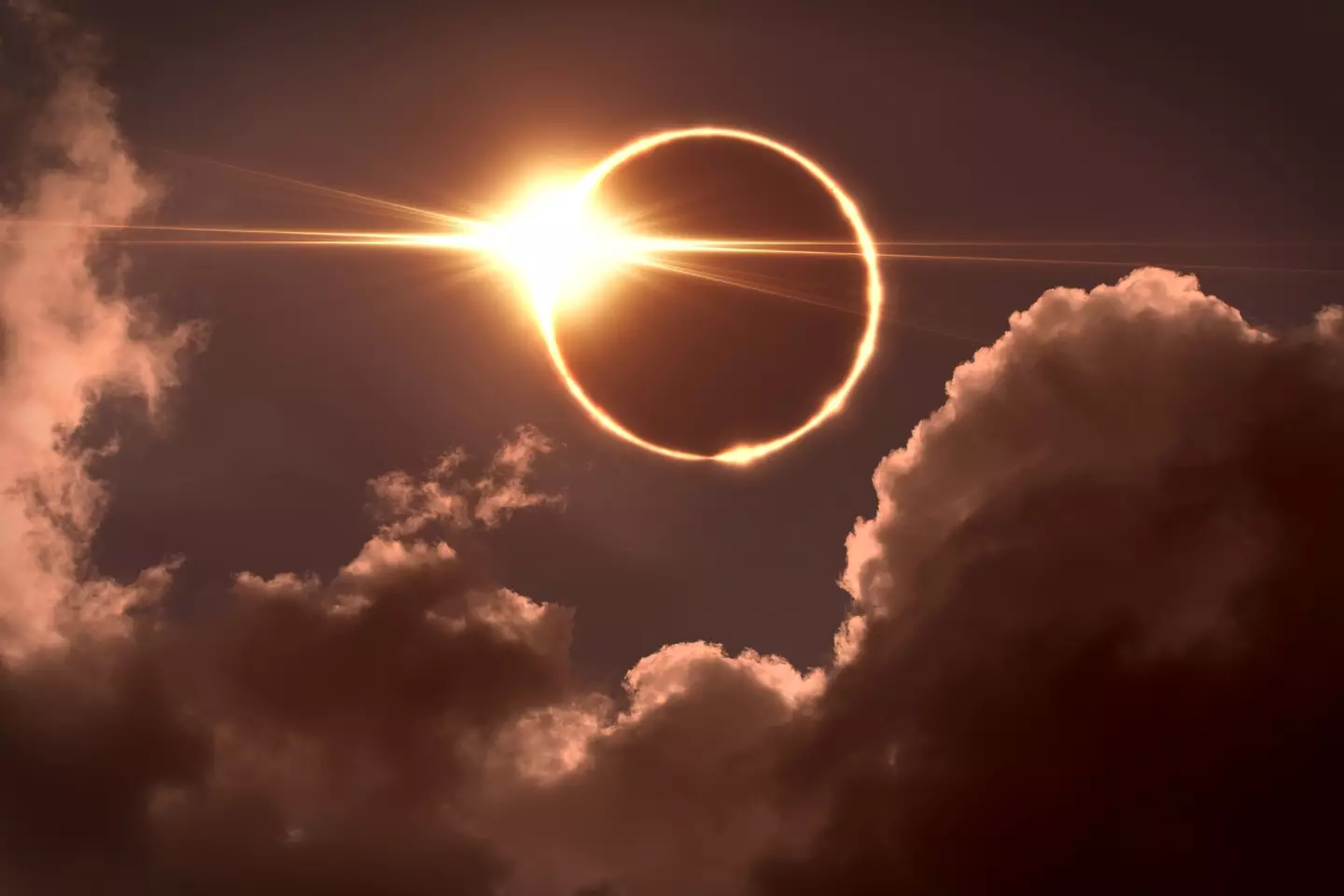
Now that the festivities of New Year's Eve are well and truly over, we can all begin to look forward to what's to come in 2024.
One thing I'm sure many people are buzzing about is the total solar eclipse which is set to cross North America, passing over Mexico, the United States, and Canada later this year.
The total solar eclipse, which will begin over the South Pacific Ocean, will be passing through 13 states.
Advert

Depending on the weather, the first location in continental North America that will experience the total solar eclipse in its full glory is Mexico’s Pacific coast at around 11:07 am PDT on 8 April.
According to NASA, the path of the eclipse will continue from Mexico, entering the United States in Texas, and traveling through Oklahoma, Arkansas, Missouri, Illinois, Kentucky, Indiana, Ohio, Pennsylvania, New York, Vermont, New Hampshire, and Maine.
The eclipse will then enter Canada in Southern Ontario, and continue through Quebec, New Brunswick, Prince Edward Island, and Cape Breton.
It will exit continental North America on the Atlantic coast of Newfoundland, Canada, at 5:16 pm NDT.
Advert
Total solar eclipses are fairly rare as they only happen about once every year or two.

While solar eclipses happen when Earth, the Moon and the Sun line up so that the Moon blocks the light from the Sun - total solar eclipses have a middle section called 'totality' which sees the Moon blocking out all of the Sun's light.
Unfortunately for Brits, the total solar eclipse won't be visible from the UK but you could always book a holiday to fly out across the pond to catch it properly.
If you do, be sure to remember the cardinal rule when it comes to watching a solar eclipse: never look directly at the Sun.
Advert
Instead, viewers should be sure to don a pair of special glasses that are safe to watch the cosmic event through or, equally, grab some binoculars specifically made for observing the mighty Sun.
If you fancy yourself a bit of a DIY whiz then you could always make your own pinhole projector by piercing a hole in a piece of card before holding it up to the Sun and shining the light from the hole onto a second piece of card in front of it.
This nifty little process projects the entire version of the event in miniature in a safe and accessible way.
Topics: NASA, News, Space, World News, US News